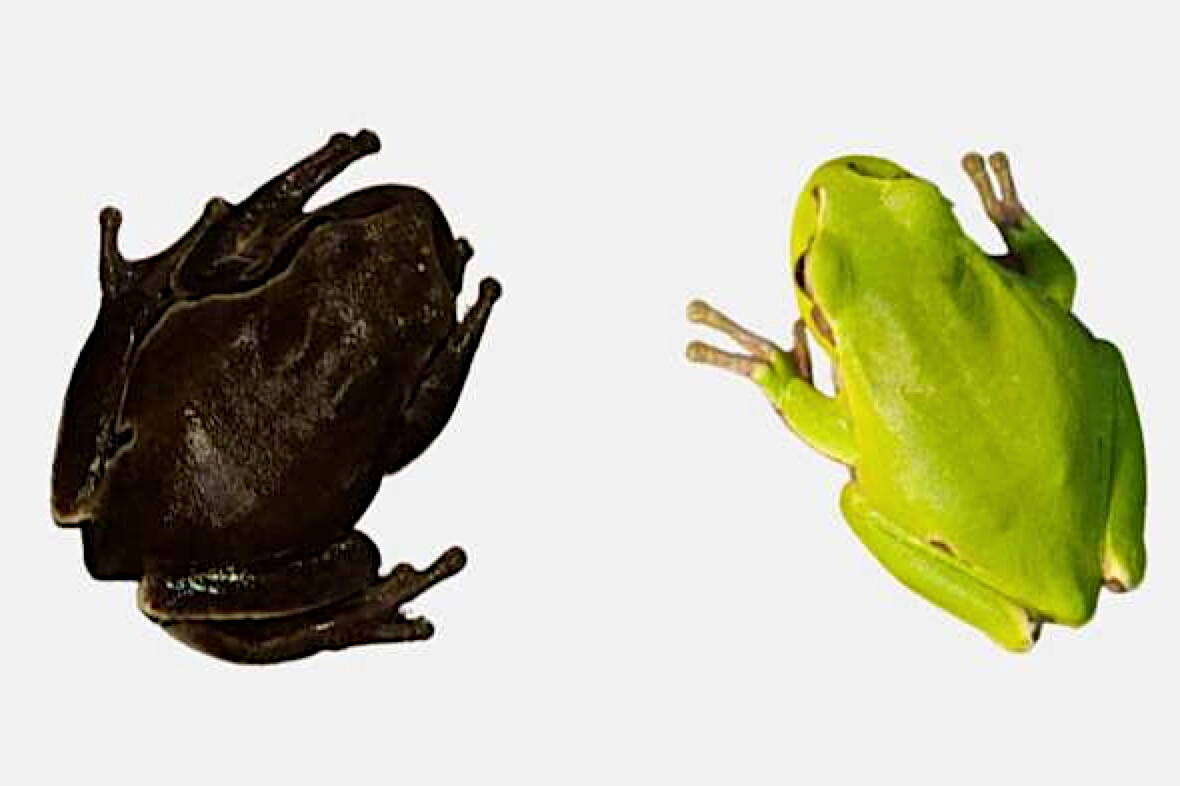Someone once asked me “Is evolution still happening?” My brief answer was “Of course, it’s always happening.” I would have gone on to explain a bit, but the questioner turned and walked away.
That episode reminded me that many folks grow up without ever being taught about the basic process that accounts for much of the diversity of living organisms. The great variety of species, living and extinct, is an outcome of evolution and that may have been what the questioner had in mind. But evolution goes on within a population (organisms of the same species living in the same area and capable of breeding with each other). This often leads to changes within a population without resulting in new species.
Every population harbors lots of genes, which sometimes mutate. If the mutation leads to some new morphological feature or behavior that increases the survival and reproductive success of the bearers (their fitness), it can increase in frequency in that population. That is called natural selection. Gene frequencies commonly change in response to changes in environmental conditions — not only the physical environment, but also the environment of interacting organisms (including those of the same species).
Imagine, for example, a mutation that increases the spininess of hedgehogs, which are preyed upon by badgers, owls, foxes, and so on. If spinier individuals are more likely to escape predation, and they survive and reproduce better than the others, then the spinier type and the gene for more spininess become more frequent in the population. Natural selection caused a change in gene frequencies — evolution within a population. Humans use this basic process by selectively breeding cows that give creamier milk or dogs that have curlier fur, for example.
For a long time, evolution was considered to be a very slow process, always taking thousands or even millions of years. For some cases, such as the evolution of land plants from aquatic algae, that was probably true, involving many genetic changes. However, scientists gradually realized that less-major changes can happen on much shorter timescales. Here are two examples from vertebrates:
• A species of tree frog living in the Ukraine normally has green backs. The Chernobyl nuclear disaster in the 1980s produced high levels of radiation that persisted. This led to the evolution of frogs with black backs full of melanin, which protects against radiation. Melanin is normally present in small quantities in the green-backed frogs, but the increase in radiation levels favored individuals that had more melanin protection, so they survived and reproduced better than the green ones, year after year. The change was detectable in less than 40 years.
• Darwin’s finches live in the Galapagos Islands and have diversified into several species. Drought changed the array of seeds on one island for one of those species to feed on: small-seeded plants did not reproduce well and large, thick-husked seeds became more common. Bill size is heritable (based on genes). Individuals of that species with small bills had trouble foraging on the big seeds and often died. But large-billed individuals fed well and reproduced. As a result, the average bill size of the population of that species increased. Then the rains came again, small seeds again became available, and the average bill size of the population decreased. Those changes became detectable to researchers in just a few years.
Most vertebrates only reproduce once or twice a year. However, bacteria and viruses can reproduce extremely rapidly, multiplying their numbers sometimes within minutes, with many opportunities for a mutation to occur. So if a mutation has occurred, it can spread very rapidly if it finds suitable hosts. That’s why we keep hearing about new variants of the coronavirus. Very rapid evolution indeed!
Natural selection is the principal driver of evolution. But luck plays a role too. A landslide or a tsunami might wipe out parts of a population, taking any unique genes away, and thus changing the array of genes in the whole population. Or a few individuals might get rafted from one island to another, taking a limited array of genes with them, so (if those few established themselves) the new population would then have different characteristics than the original. That’s evolution too, being a change in gene frequencies in those populations.
This is a simplified sketch of evolution; there are lots of other features that modify the details of the process in various ways, but that would make a whole book. The bottom line, however, is that genetic changes, environmental changes, and evolution are going on all the time, in many populations in many places.
• Mary F. Willson is a retired professor of ecology. “On The Trails” appears every Wednesday in the Juneau Empire.

